At Sixes Animal Hospital at BridgeMill in Canton, Georgia, we understand that deciding to spay or neuter your pet is an important choice—and for many pet owners, it comes with a mix of questions and concerns. That’s perfectly normal. Our goal is to guide you through this decision with clear information, compassionate care, and support tailored to your pet’s needs.
Understanding Spaying and Neutering
Spaying and neutering are safe, routine procedures used to prevent pets from reproducing:
- Spaying (ovariohysterectomy) removes the ovaries and uterus in female pets.
- Neutering (castration) removes the testicles in male pets.
These procedures are permanent and highly effective. And despite some common misconceptions, spaying or neutering won’t alter your pet’s personality. While hormone-related behaviors may decrease, your pet’s core traits remain the same. Learn more from the ASPCA’s guide.
Why It Matters: Reducing Pet Overpopulation
Spaying and neutering play a key role in tackling the issue of pet overpopulation. Each year, countless animals end up in shelters—many of whom never find a home. By having your pet sterilized, you help reduce the number of unwanted litters and relieve pressure on rescue organizations and community shelters. It’s a powerful way to support the broader pet population and prevent unnecessary suffering.
Health Benefits Beyond Reproduction
For Female Pets
- Prevents Pyometra: A life-threatening uterine infection. Learn more from Cornell University.
- Reduces Mammary Tumors: Especially when spaying is done before the first heat cycle.
- Eliminates Ovarian and Uterine Cancers: Rare but entirely preventable with spaying.
For Male Pets
- Prevents Testicular Cancer
- Lowers Risk of Prostate Problems
- Helps Manage Perianal Fistulas: A painful condition more common in intact males.
Behavioral Benefits: Fewer Hormone-Driven Challenges
Spaying and neutering can reduce:
- Roaming behavior, which lowers the risk of injury or loss.
- Aggression, particularly in male pets.
- Marking and Spraying, especially in cats.
These changes can make daily life more peaceful, while still preserving your pet’s unique personality.
What to Expect From the Procedure
Before Surgery
- You’ll receive detailed fasting instructions and guidance on medications.
- A pre-operative exam and bloodwork help ensure your pet is healthy and ready.
During Surgery
- Your pet will receive general anesthesia.
- We use modern monitoring equipment and pain management protocols to prioritize safety and comfort.
After Surgery
- Your pet may go home the same day with pain medications and post-op instructions.
- Incision care and restricted activity are key during recovery.
- An Elizabethan collar (cone) may be needed to prevent licking.
Keeping Your Pet Comfortable—and Entertained—During Recovery
Most pets need 10–14 days of limited activity after surgery. While rest is essential, a bored pet can quickly become frustrated. Here are some tips to keep your pet calm and engaged:
- Use puzzle feeders or treat-dispensing toys to keep their mind busy without encouraging too much movement.
- Rotate quiet enrichment activities, like snuffle mats or frozen Kongs (if appropriate). Fill kongs with kibble soaked in chicken broth, yogurt and berries, canned food mixed with chopped veggies, and other healthy snacks- and then freeze them to make them last longer.
- Provide a cozy recovery space—a quiet, low-traffic area with soft bedding helps encourage rest.
- Short leash walks (as approved by your vet) can provide safe, low-impact stimulation for dogs. Wagons, strollers, and backpacks may be good options for your pet to still get our of the house without traumatizing their surgical sites.
Staying proactive with mental enrichment can make the healing process smoother—for both of you.
Common Concerns, Addressed
- Weight Gain: Manageable with proper nutrition and exercise—especially post-surgery.
- Personality Changes: Your pet’s temperament won’t change, though hormone-related behaviors may ease.
- Cost: While there’s an upfront cost, spaying or neutering can prevent costly medical issues later.

Timing: When Should You Spay or Neuter?
While six months is a general guideline, the best timing depends on your pet’s breed, size, and lifestyle. For example, some large-breed dogs may benefit from delaying the procedure until growth plates close. We’ll help you determine what’s right for your individual pet. For more insight, visit AAHA’s guide to life stages.
Your Partner in Pet Wellness
At Sixes Animal Hospital, we’re here to help you make confident, informed choices about your pet’s care—starting with whether and when to spay or neuter. From consultation to recovery, our experienced team is committed to your pet’s health and comfort.
Have questions or ready to schedule? Contact us to speak with a member of our team. We’re proud to be your partner in helping your pet live a long, healthy, and happy life.

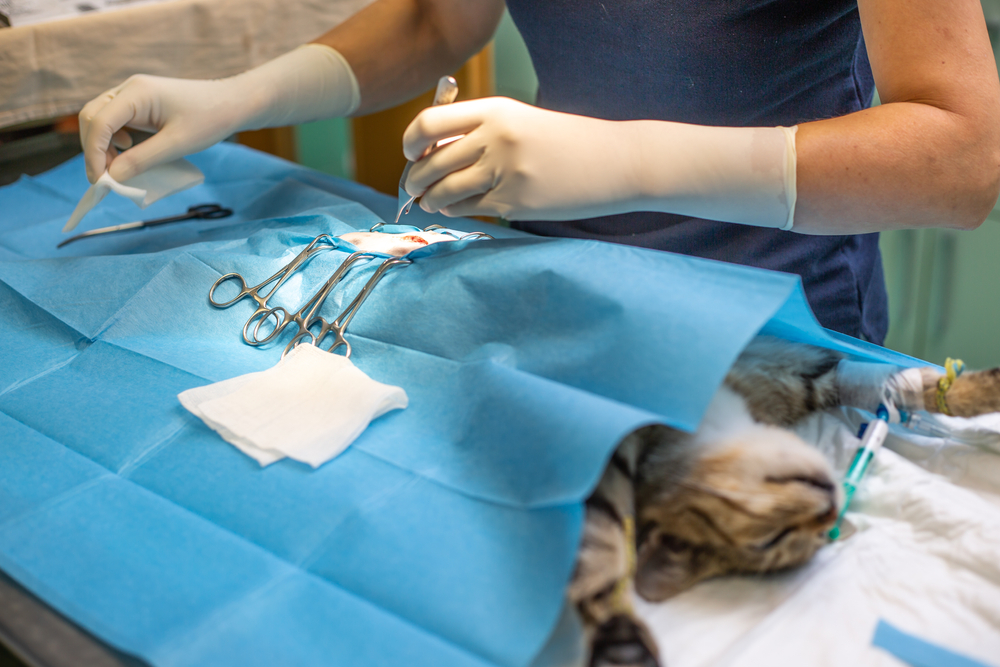
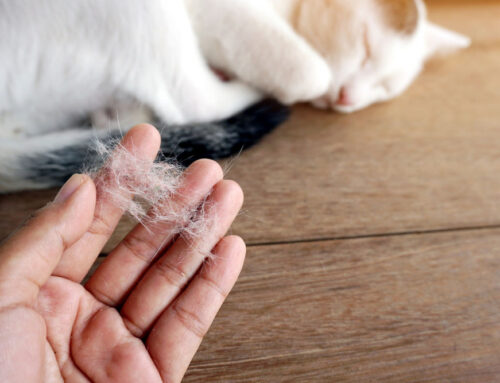
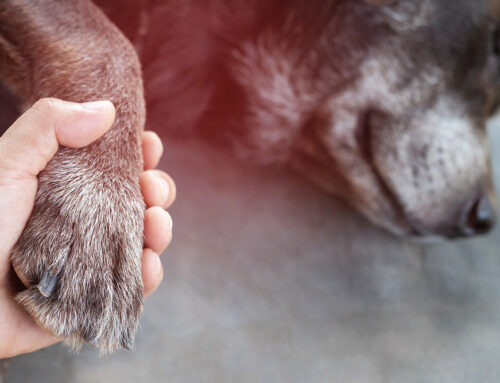
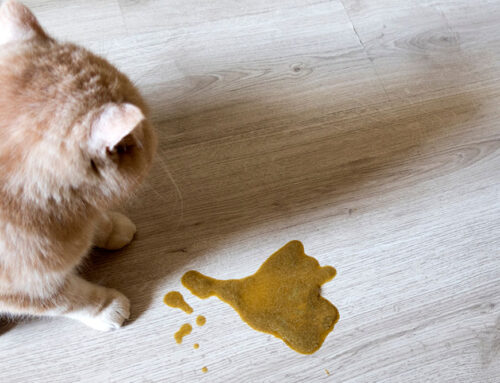
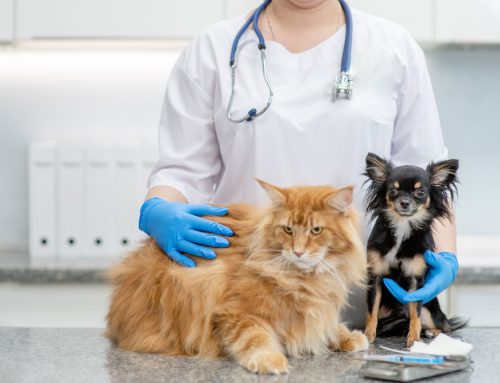
Leave A Comment